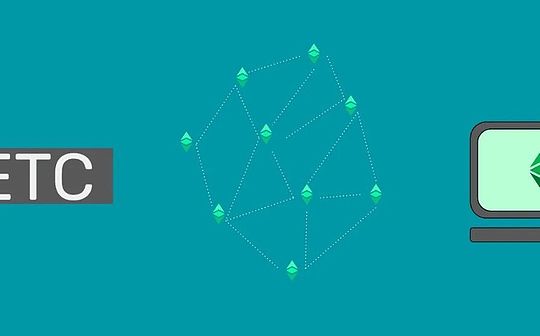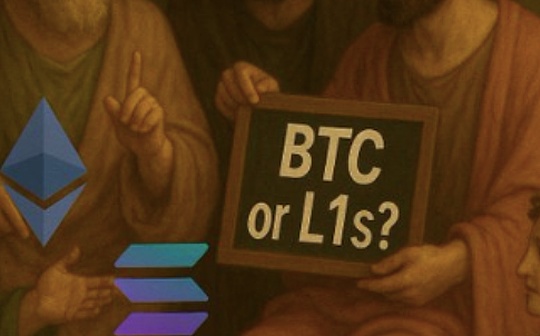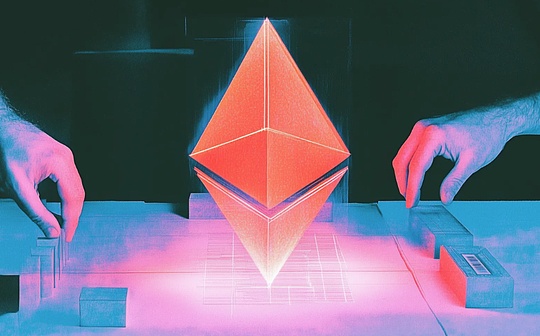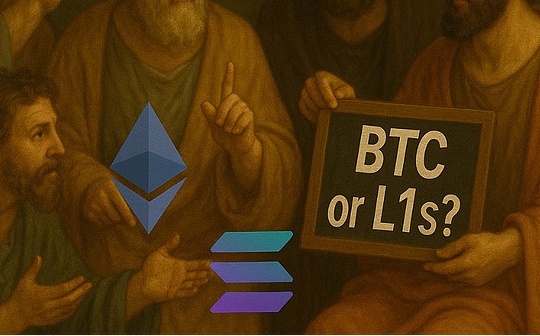
Ethereum classic (ETC) is a cryptocurrency, a blockchain, and a world computer.
>
It is a cryptocurrency because it has a coin called Ethereum or ETC. The transaction code is $ ETC. It has a fixed monetary policy and the upper limit of 210,700,000 coins.It can also be used for value storage.
ETC is a blockchain because it is a network composed of machines around the world. It follows an anti -review agreement to manage a database containing accounts and balances, and accepts a new transaction block every 15 seconds.The account is transferred to another account.
It is a world computer because it also stores decentralized programs called smart contracts, which can be used to provide power for unstoppable applications or DAPPs.
Structure
In order to achieve the above functions, ETC has an Ethereum Virtual Machine (EVM), which has more than 120 operating codes and copy it in all network nodes to make it a decentralized virtual machine.This component enables the participating computers to perform decentralized software programs stored in the blockchain account book.
The decentralized software program or smart contract is written in a software language called Solidity. The software language uses an EVM operating code to encode them so that they can execute in the system.
One of the great inventions of Ether Classic is the GAS system. This is a model. It specifies many units for each operating code, which is called GAS. Therefore, users can pay these units for participating machines to execute them.This method solves several problems such as spam, suspension problems, and miners’ compensation, making smart contracts possible in decentralized point -to -point networks.
The difference from Bitcoin
Bitcoin is a cryptocurrency, only the blockchain, and its only function is to maintain accounts and balances.This makes it like a pocket calculator compared to the Ethereum classics.
However, the similarity between Ether Classics and Bitcoin is that they both use the key inventions of Satoshi Nakamoto, that is, the workload proof.
The full name of the system is “the consensus based on the workload certificate”. It consists of a subset (called miner) of the network machine, which performs a function called mining.EssenceThe result of this work is an encrypted stamp that is added to the transaction block, so it is called “blockchain”. It generates in a specific time interval and then sends it to other parts of the network.The latest state.
The “China -based Consensus” realized things that could not be achieved before, that is, the computer in the network. No matter where they are in the world, who belongs to the world, it can be decentralized. Without a license or supervision, there is no permission or supervision.Reach the latest state of the network.
The difference from Ethereum
There are four things that define the difference between Ethereum and Ethereum (ETH).
>
ETC is the original chain, ETH is a fork: When Ethereum was launched in 2015, Ether Classics and Ethereum were all chains, but in 2016, a controversy named thedao appeared, resulting in the split of Ethereum from the main network.Since then, they have been two independent networks. ETC has followed a very conservative high security philosophy called code, which is law, and Ethereum follows a more adventurous philosophy.It makes it more scalability.
ETC is a proof of workload, ETH is a proof of equity: Ethereum relocated from the workload to the equity certificate. It is not safe, but it can be expanded, so this is more in line with their ideas.ETC has always adhered to and will always insist on the workload, so this means that it is truly decentralized, indispensable, and immutable.
ETC has a fixed monetary policy, and ETH does not do: ETC’s fixed monetary policy is very similar to Bitcoin. The upper limit is 210,700,000, making it a programmable digital gold.Ethereum does not have a fixed monetary policy. Since its establishment, they have changed six times, and in any given year, supply will be uncertain.
ETC is anti -censorship, but eth is not: As miners who produce blocks, they contain new transactions in the workload proof.Because they are not financial providers, and because they can move from one place to another and anonymous mining, they can include all transactions sent from anywhere in the block to the network, and they do not have to comply with financial regulations or international sanctions.The shareholders of Ethereum are largely regulated by Western countries. They must abide by local and international restrictions and sanctions.Account transaction.
Safety and scalability weighing
As mentioned above, the Ether Classic is highly safe because it uses the workload certificate and the complete replication of the database as its consensus model.In fact, ETC is the world’s largest and safest smart contract blockchain.This makes it the best choice for the basic layer blockchain system because it can be used to solve cases with high value and low -capacity.
Because the workload proof cannot be scalable in the form of high transaction volume, ETC may have other systems at a higher level. These systems can handle a larger transaction volume, but within ETC.This design is the most popular design of the industry. For example, the Lightning Network is the second floor of Bitcoin, and Rollup is the second floor of Ethereum.
DAPPS in the security environment of the blockchain
As the world’s largest and safest smart contract network, ETC has one thing that makes it different.Unlike Bitcoin, Dog Coin, and Litecoin (another large -scale workload certificate blockchain in the world), ETC is a programmable smart contract.This means that Dapps exists in its highly secure environment.
If Bitcoin, Dog Coin and Litecoin are programmed or using applications on it, the software program must be custody in the central server, corporate data center or cloud service, then what are the Bitcoin, dog coins and Litecoin.What about it?
In ETC, DAPP’s trunk can minimize trust as money, which makes ETC a unique and valuable system of truly secure applications and use cases.
Known as the principle of “code is the law”
As mentioned in this article, the three pillars of the classic elements are that it uses the workload as a consensus mechanism. It has a fixed supply and it supports smart contracts.
>
The three pillars of its design and structure realize the principle of “code is the law”, because ETC is specific and tangible decentralized, unchanged, and indispensable.
Due to these characteristics, ETC has the advantages of survival, anti -examination, and irregularity, so it is not compromised and caught.







